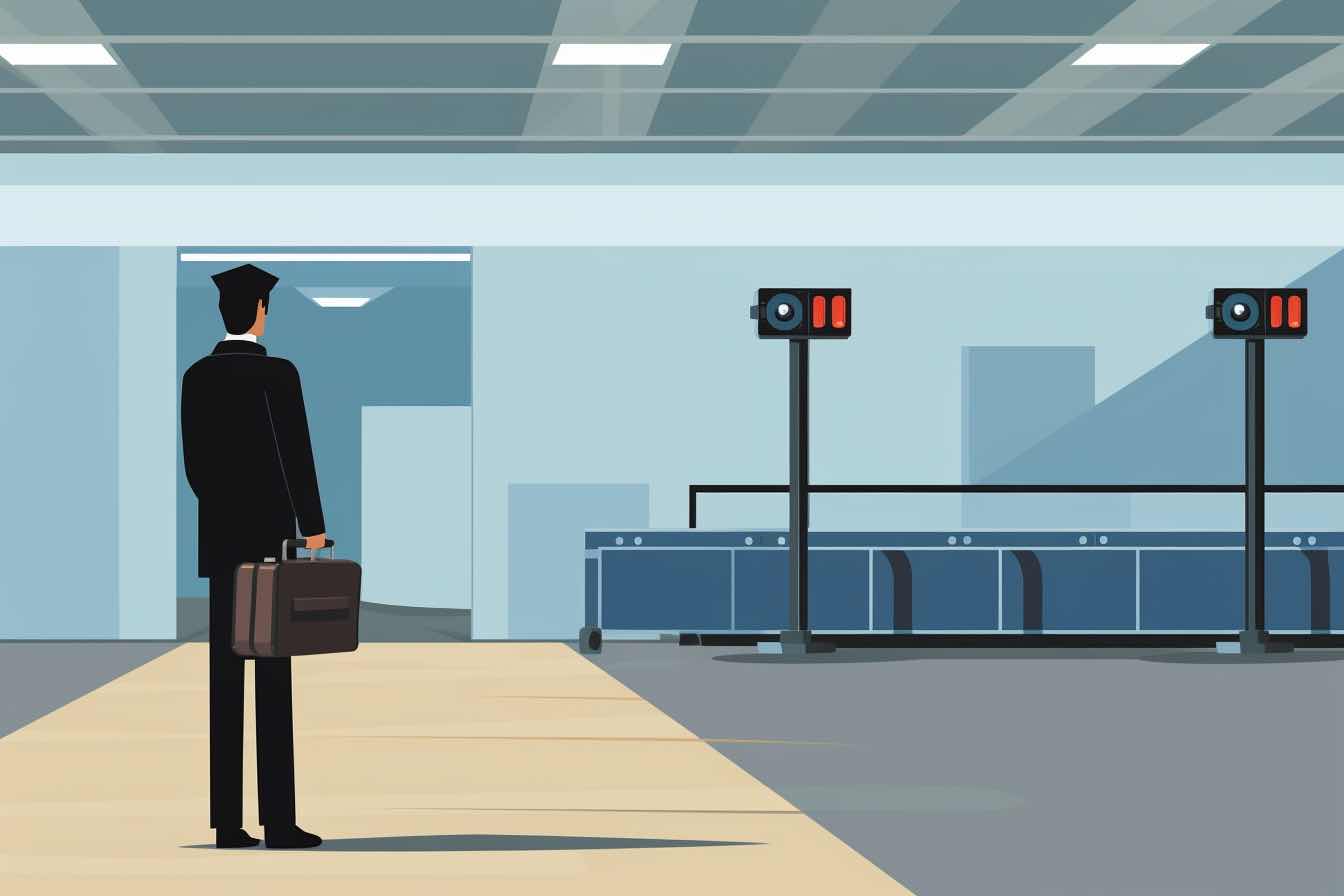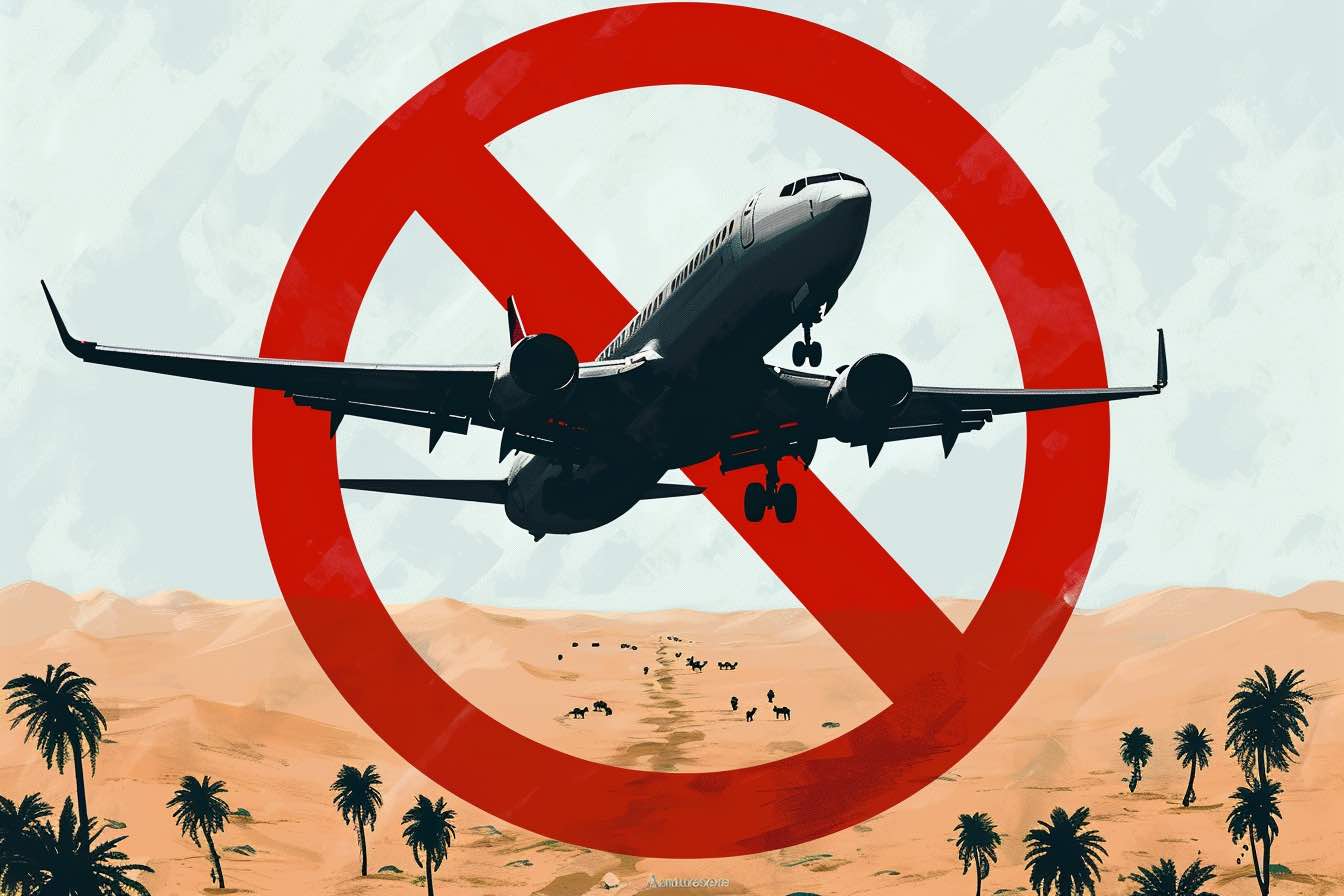Kristopher Plog wants to know if new X-ray scanners at the airport will damage the film in his camera. The answer might surprise you. (Note: This is the first Travel Troubleshooter column. I’ve published it for archival purposes.)
Question
I work part-time at a camera store. My customers often ask me whether or not airport X-ray scans will harm their film. They also want to know if a lead-lined bag, designed to protect the film from X-ray scans, will help.
I recently heard a rumor that X-ray scans are increasing their intensity and that film in lead-lined bags is at a higher potential risk for damage. I heard agents will keep turning the X-ray up until they know what’s inside the lead-lined bag.
I’ve told my customers that it is best to have airport security hand-check the film, but some travelers, especially those traveling abroad, say that airport security is not always cooperative. Please offer some advice to me and my customers. — Kristopher Plog, Peoria, Ill.
Answer
The rumors are mostly true. Last year, the Federal Aviation Administration deployed 74 new security scanners for checked luggage throughout the United States that work much like medical CAT scanners.
This year it expects to install more, although it won’t say how many or where. The FAA tested these new machines with help from the Photographic and Imaging Manufacturers Association, a manufacturers trade organization for photographic and imaging products, and found that the scanners can indeed harm your film.
Make no mistake, these are nasty devices, as far as your film is concerned. One model, the CTX-5500DS, cuts a discoloring band through undeveloped film, while another, the eXaminer 3DX 6000, makes pictures appear as if it encountered a fog bank.
Interestingly, the photo industry is mad at the FAA and the airlines at the moment about how they’re handling the new scanners. Tom Dufficy, the executive vice president of the Photographic & Imaging Manufacturers Association, told me authorities have not warned anyone of the dangers that the machines can inflict on film. He wants more signs posted at the airport to caution travelers.
Are agents turning up the X-rays?
No one is turning up the X-ray machines. True, most airport security agents are as poorly compensated as they are trained. And yes, there are gaping wide holes in the system (I get e-mails from passengers all the time complaining about lax or nonexistent security). But those agents aren’t about to take their lives in their own hands by exposing the luggage, and themselves, to more harmful radiation.
Both the FAA and PIMA insist that no one is messing with the knobs on the scanners.
The best advice to leave with your customers is to carry the camera film with them. Ask an agent to manually check of your carry-on luggage. Don’t check your undeveloped film under any circumstances. The scanners for carry-on luggage won’t harm most film unless it’s above 1200 ISO speed. Even with such sensitive film, it takes multiple runs through the conveyor belt before it damages the film. (Related: How to kill the TSA’s full-body scanners once and for all.)
On overseas trips, where you may not be allowed to ask for a hand inspection, try getting the film developed before you leave. You can run prints through the X-ray machine to your heart’s content without hurting them.
About this story
This article originally appeared on this site on February 27, 1999. Back then, I called it “The Ticked-Off Traveler.” I changed it to “The Travel Troubleshooter” a few months later. The Miami Herald picked it up within a year, and it went into syndication in 2006. It also became a regular segment on the public radio show “The Savvy Traveler” (I worked with Diana Nyad, who was then the host). Then came a column in The New York Times, the Washington Post, and more than a decade as an editor at large and reader advocate for National Geographic. All because of this one story on film and X-ray scanners.
I’m thankful to my advocacy team for helping me help others. And I’m beyond grateful to my readers who have supported our advocacy journalism. Without you, there wouldn’t have been a second column — or this remarkable career spent helping you.




